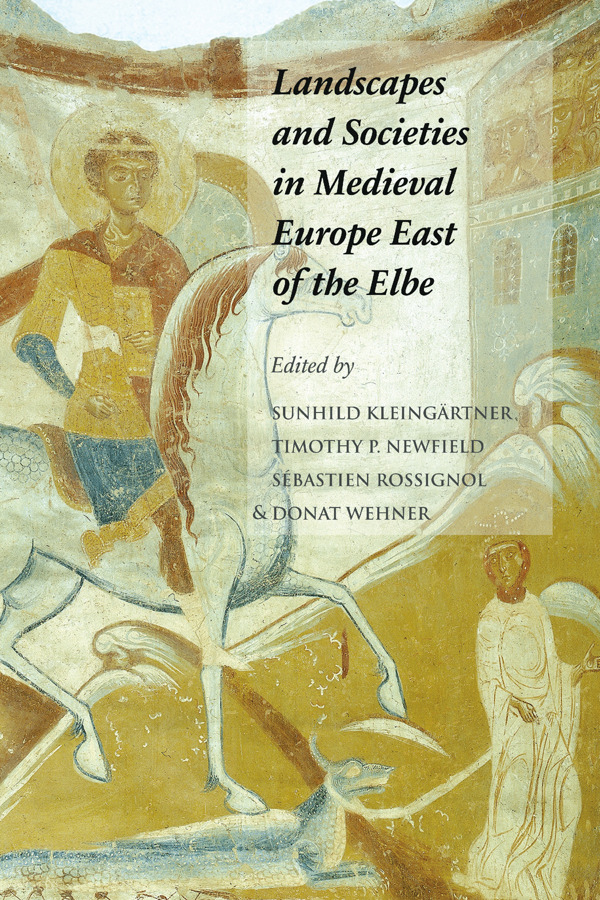
Landscapes and Societies in Medieval Europe East of the Elbe
Interactions between Environmental Settings and Cultural Transformations
Sunhild Kleingärtner, Timothy P. Newfield, Sébastien Rossignol, Donat Wehner (eds)
- Pages: 406 p.
- Size:150 x 230 mm
- Language(s):English
- Publication Year:2013
- € 80,00 EXCL. VAT RETAIL PRICE
- ISBN: 978-0-88844-823-1
- Hardback
- Available
Tightly focused and well organized, this welcome volume sheds new light upon an important medieval region and provides a fresh understanding of the stimulating theme of human society and its interaction with the natural world. The individual contributors to this collection represent a stellar international assembly of experts. Original scholarship is combined with mature syntheses to ensure that specialist readers, scholars of other times and places who focus on similar interests, and the generalist will all be enriched by reading these contributions. This is a balanced and dispassionate treatment of a region often approached in the past with the ire and passion of particularist and national interests. The range of approaches reflected in this book is impressive: archaeology, environmental study, disease in animals and humans, modernization, and colonization are all topics that seamlessly complement traditional historical approaches. Reflecting an impressively high standard of scholarship, these studies are sure to stimulate further productive research.
Paul Knoll, University of Southern California
"Die Bandbreite an innovativen Ansätzen und methodischen Herangehensweisen ist beeindruckend. In dem sich immer noch schwierig gestaltenden Dialog zwischen Geschichte und Archäologie besteht auch der größte Vorteil dieses gelungenen und spannenden Buches." (Dariusz Adamczyk, in: Sehepunkte 14 (2014), Nr. 3, 15.03.2014)
This volume presents an interdisciplinary collection of studies on the lands "east of the Elbe," a region without a Roman past, focusing on the connections between human populations and the natural world. A broad variety of approaches and methodologies drawn from the fields of archaeology, history, palaeobotany, and palaeozoology illuminate the history and development of these landscapes in the middle ages.


